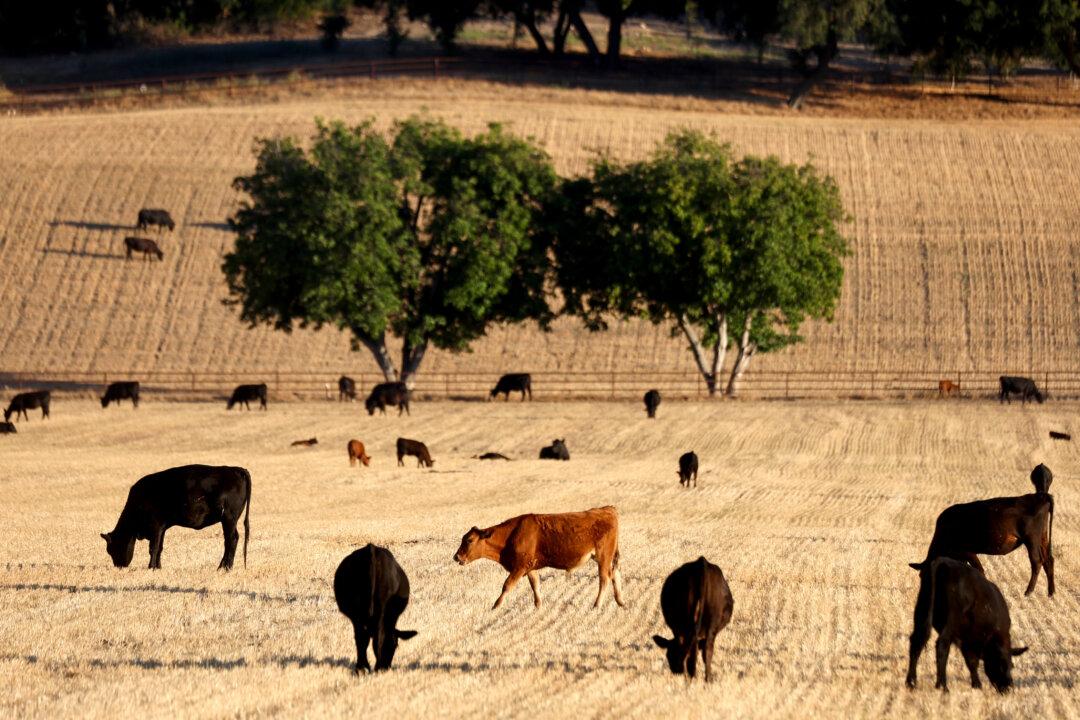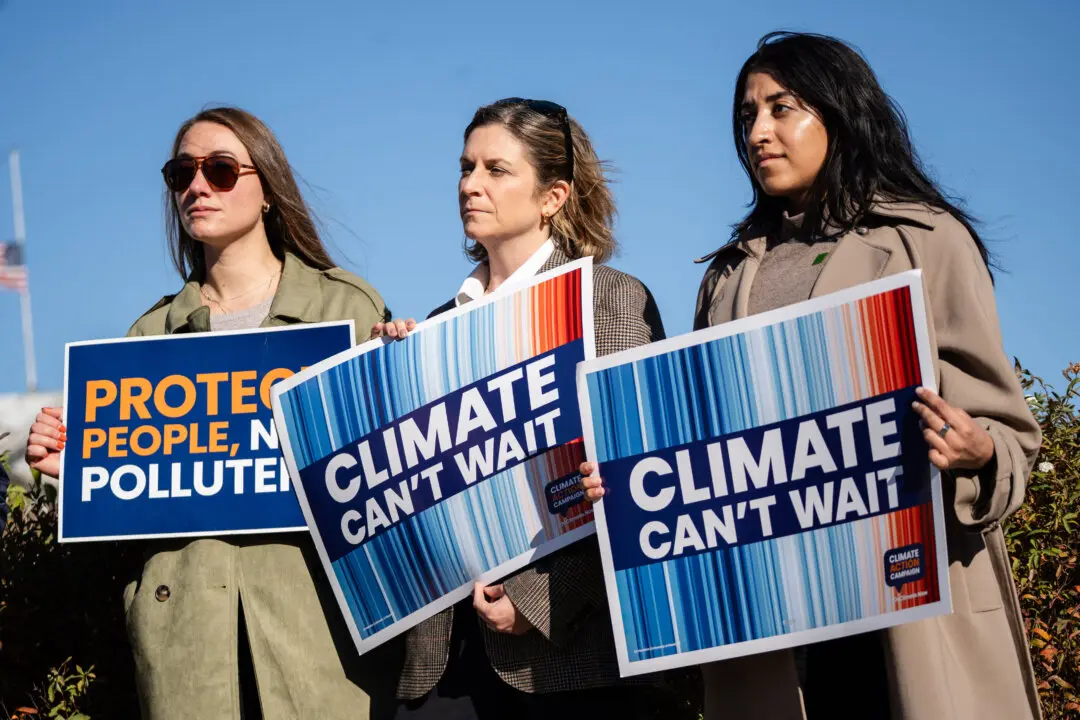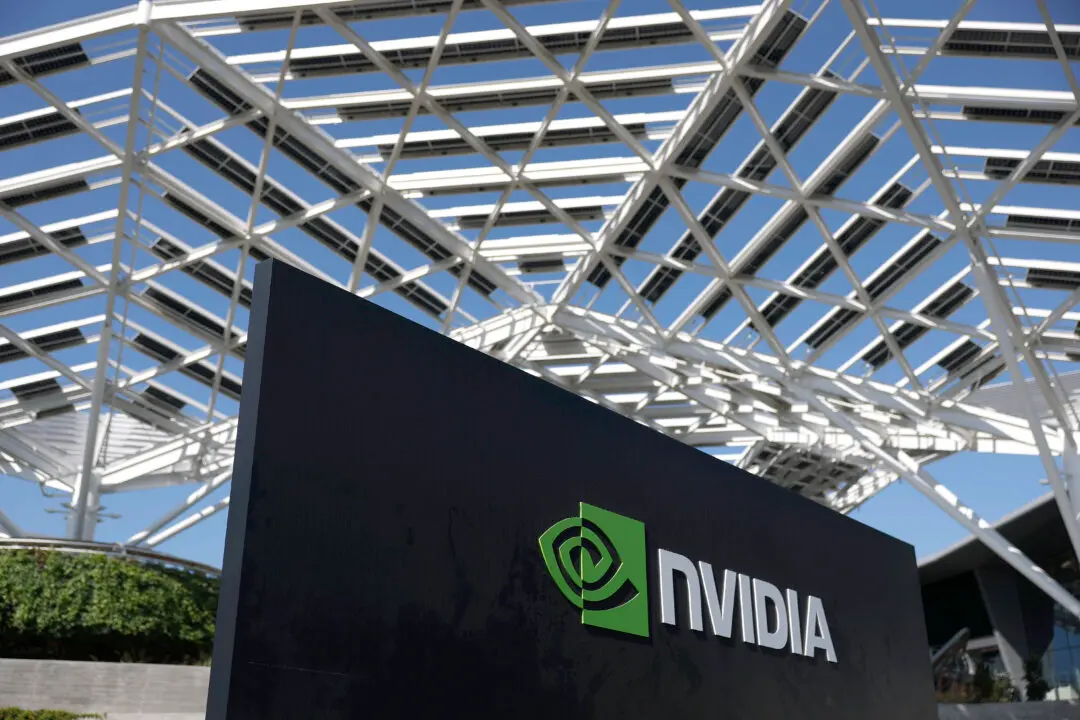Kansas cattle rancher Kyle Hemmert watches the decline of cattle farmers in Ireland and the Netherlands and sees the future for himself and his fellow ranchers.
“What’s happening in the beef industry is the same thing that’s happened in the sheep industry,” Mr. Hemmert told The Epoch Times. “America peaked at 51 million sheep; today, we have less than 5 million.





